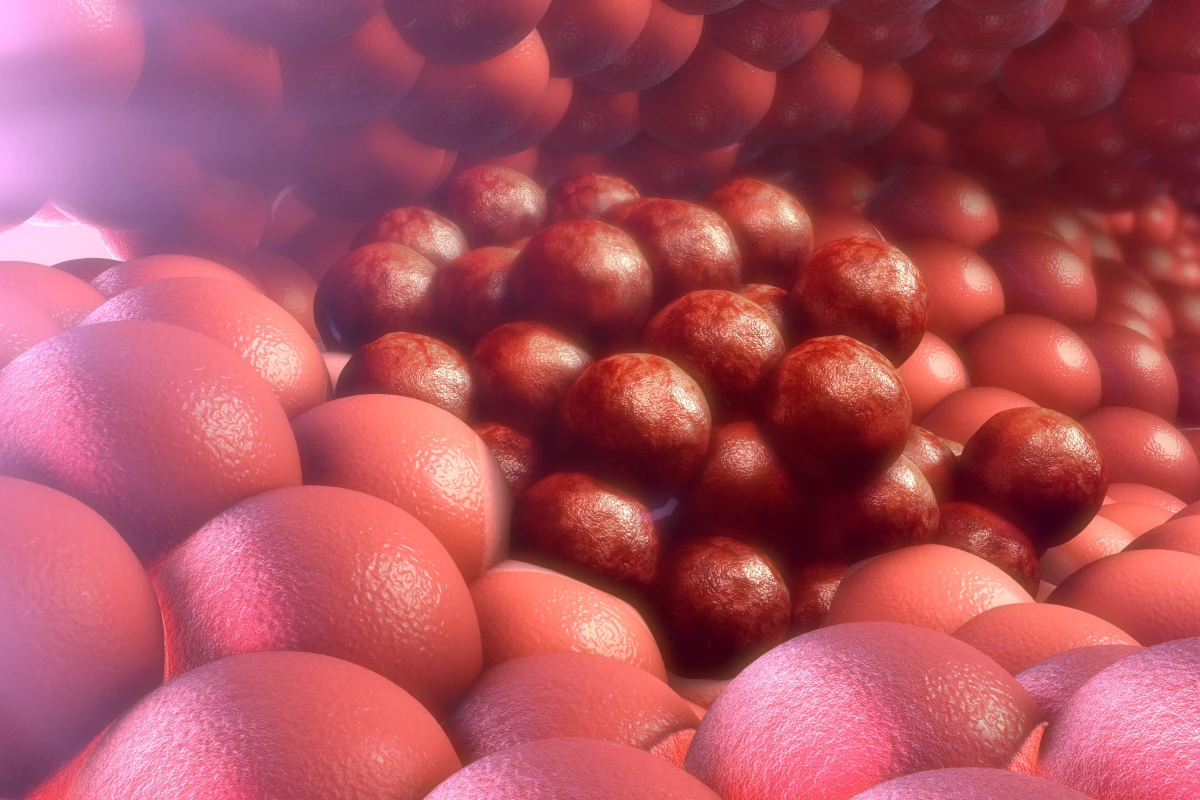Loading anti-cancer medicines into drug delivery vessels that can carry them to the site of the tumor before releasing them could offer new highly effective forms of treatment, and scientists in Japan have developed a promising new technology for these purposes. The team's versatile new hydrogel can be packed with cancer-fighting drugs and then release them in response to temperature and pH changes in the tumor microenvironment, as a tool for taking out lingering cancer cells following surgical removal.
The handiwork of scientists at the Tokyo University of Science, the novel hydrogel was developed in response to the susceptibility of many cancer drugs to quickly and easily break down in the human body after administration. Hydrogels, which consist of networks of watery polymers, have come to offer a delivery vehicle with plenty of potential in this area, keeping the drugs stable and intact until they reach their destination.
These can be injected via syringe and then activated once in the body, by being subjected to infrared light, for example. Other possibilities include designing the hydrogels to respond to certain stimuli in the tumor microenvironment, like swelling or shrinking when exposed to temperature or pH changes, and releasing their drugs that way.
Where the hydrogel from the Tokyo University of Science team breaks new ground is in the multi-faceted approach it takes to drug delivery. According to the scientists, hydrogels developed to deliver anti-cancer drugs have so far responded to a singular stimuli, so they set out to develop a more versatile solution.

The team's hydrogel is made from synthetic polymers and organic compounds and incorporates amino groups. This enables them to shrink and swell in response to both changing temperatures and pH levels, and release their drugs as a result. This was demonstrated through lab experiments that replicated the acidity and temperatures of a tumor microenvironment, with the network structure of the hydrogel proving capable of preserving the drugs until it came time for delivery.
Additionally, the researchers say that the quantity and type of drug that the hydrogels can accommodate can be controlled by changing the mesh size of the polymer network, raising the prospect of personalized treatments. And once the job is done, the hydrogel degrades into water-soluble oligomers and can be easily excreted from the body.
With further work, the hydrogel could offer a way to personalize highly-targeted treatments for cancer. The team sees it being put to work following surgical removal of tumors, where it could be administered to tackle any cancerous cells that might remain.
The research was published in the Journal of Controlled Release.
Source: Tokyo University of Science




